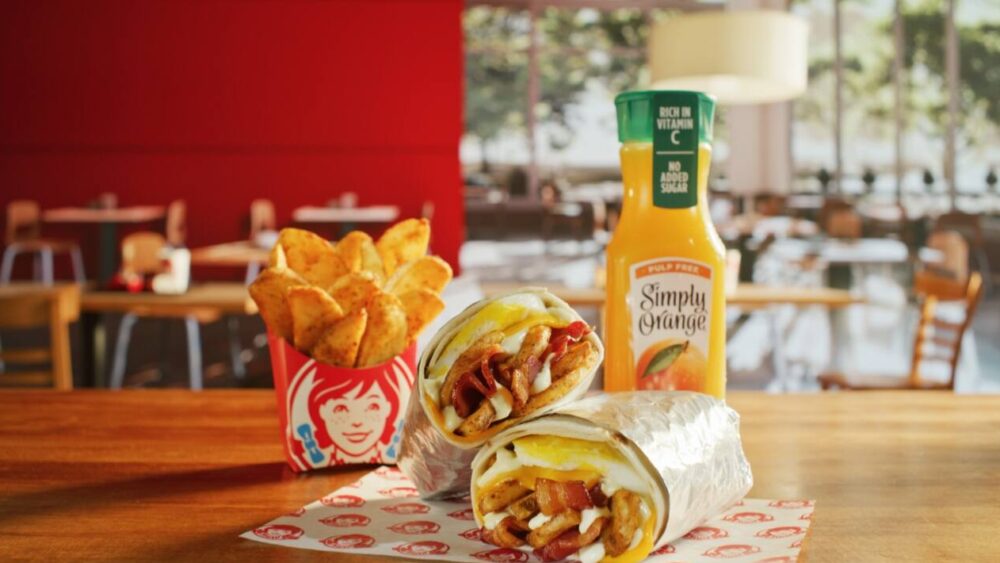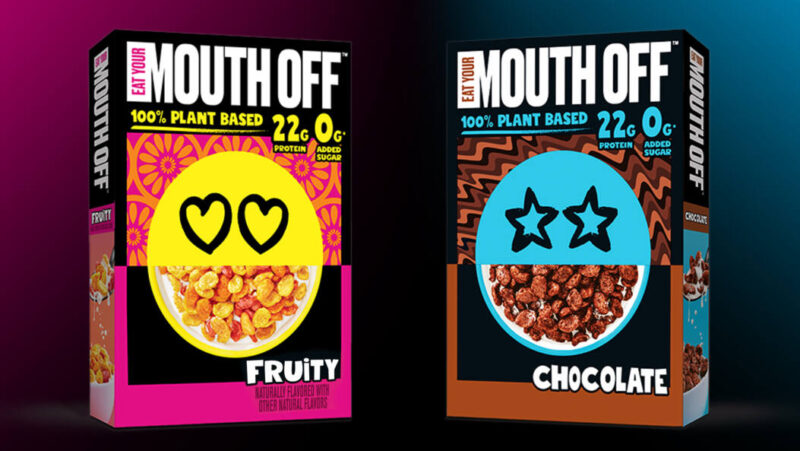These 8 Best Breakfast Foods Will Help You Power Through Your Day
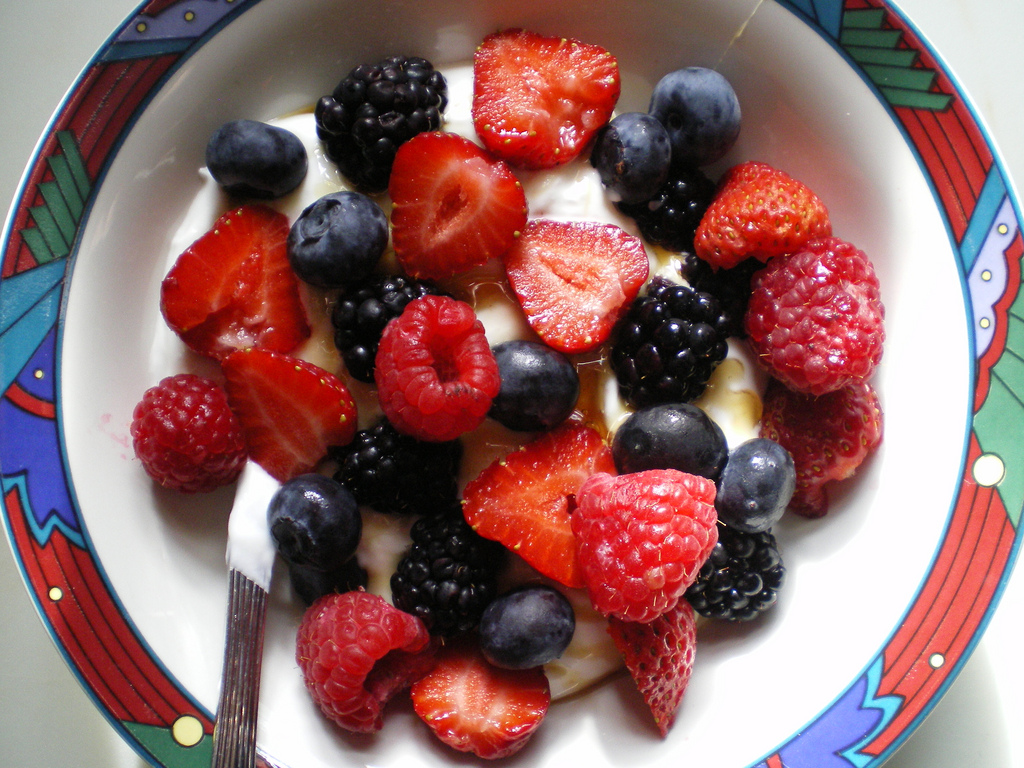
Breakfast, the often neglected meal. Yes, we know it’s good for us—the fiber, the potassium, omega-3 acids, the way it can reduce cholesterol and helps prevent certain cancers—and we should eat it, so why do sometimes skip it?
After all, doing so can lead to a higher risk of heart disease among men and a higher risk of type 2 diabetes among women. Plus, eating breakfast helps give you energy, concentration, and improves your memory, too, among countless other things!
But, what are the best breakfast foods to eat? Can we eat sugary cereals and be good to go for the day? Or should we opt for oatmeal instead? (And if you think “boring,” think again—check out some fun oatmeal options here.)
Below, you’ll find three power foods you should eat for breakfast.
1. Flaxseed
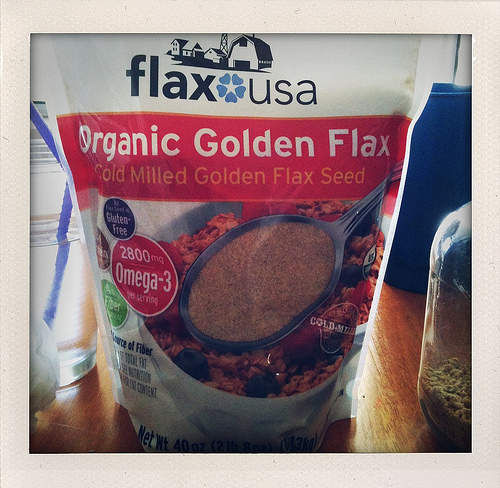

Just two tablespoons of ground flaxseed will give you the recommended daily intake of heart-healthy fats. Low in Cholesterol and Sodium, it’s also a great source of dietary fiber. With a somewhat nutty flavor, sprinkle it on your oatmeal, cereal, greek yogurt or mix it into a smoothie.
2. Greek Yogurt
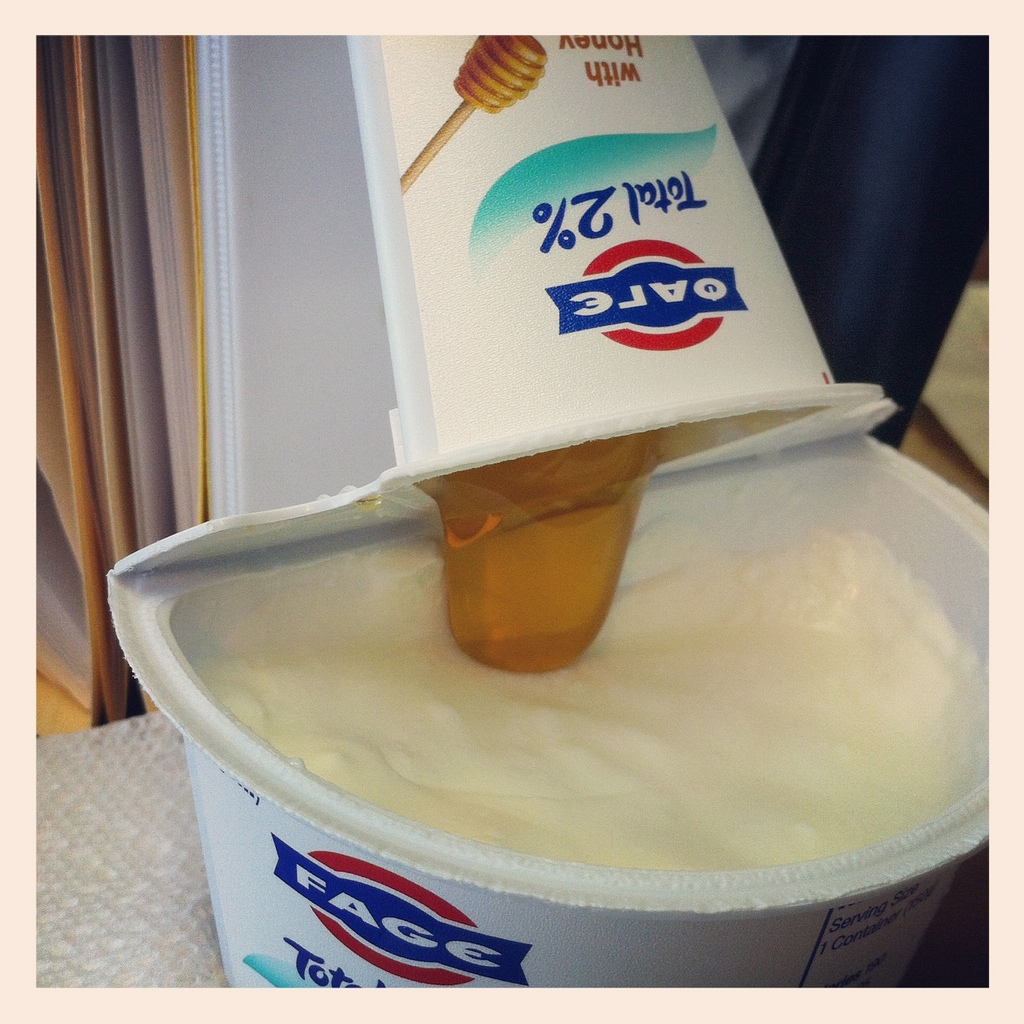

Greek yogurt is my go-to breakfast food. Not only is it easy to buy (and in bulk), but also easy to make. Plus, it is full of protein, calcium, and potassium (to name a few) and can keep you full for hours, especially when you eat a couple containers or add more protein (like nuts), fruit, honey, you name it.
Since it doesn’t have whey, it has less sugar and sodium than regular old yogurt. It’s also great for our digestive systems and bones, and helps keep our blood pressure low. A win all around.
Why does Greek yogurt get so much attention lately versus regular? Aside from having twice as much protein, all that protein also helps us stay full for a longer amount of time.
So, we won’t get hungry for more food as quickly. In 2012, retail dollar sales of Greek yogurt in the U.S. went up more than 50 percent and reached $1.6 billion, according to Packaged Facts. So, people are obviously loving it, and you should, too.
3. Cantaloupe
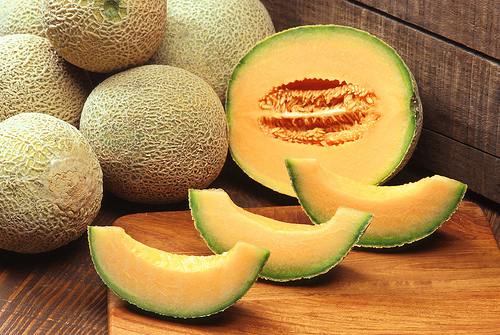

Did you know a six-ounce serving of cantaloupe is only about 50 calories? It’s also packed with Vitamin A & C. And like its name, there is a lot of water int he fruit, which will help you stay hydrated.
4. Oatmeal
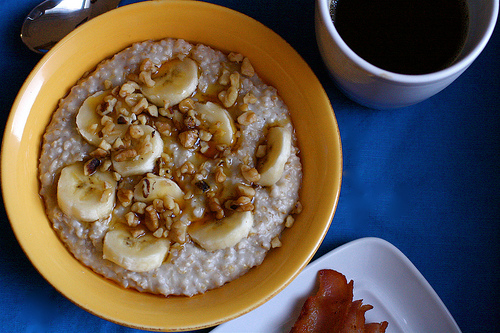

When we say oatmeal, we’re not talking the prepackaged, sugary envelopes, but actual steel-cut oats. The latter is less processed and, hence, better for us.
It has a lower Glycemic Index (GI), otherwise known as how carbohydrates affect blood glucose levels. You can check out some of our favorite oatmeal recipes here.
Also, you can’t go wrong with Alton Brown’s steel-cut oatmeal recipe with brown sugar and cinnamon. Mmm. Try adding extra protein, like almonds or flaxseed, to make it even more filling and healthy.
5. Bananas
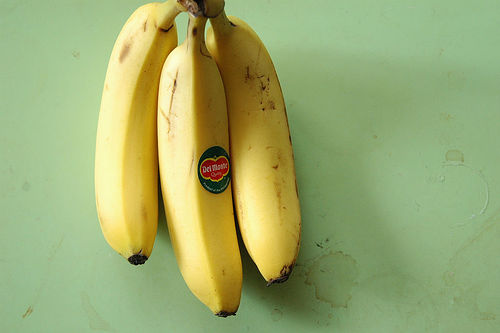

Not only are bananas high in vitamins and nutrition, but did you know bananas win as the most popular fruit in the U.S.? People eat more bananas every year than any other fresh fruit, the Census Bureau found. Who knew, right?
We often hear about all the potassium bananas have, but they also contain other nutrients, like fiber, iron, and phosphorus. Sugar-conscientious? Yes, bananas have sugar, but the fiber helps make up for it, so our blood glucose levels stay at a healthy level.
Instead of caffeine in the afternoon, some say to try a banana for a boost of energy. Plus, our favorite part? You can easily add them to your bowl of Greek yogurt or oatmeal above. (Hint, hint.)
6. Watermelon
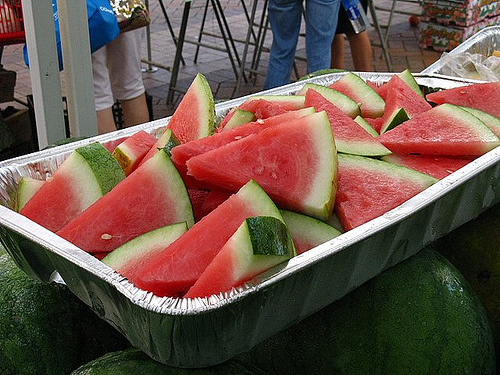

At only 40 calories per cup, eating watermelon for breakfast is a great way to hydrate and get a daily dose of lycopene. Lycopene has antioxidant properties and may help protect against heart disease.
7. Almond Butter
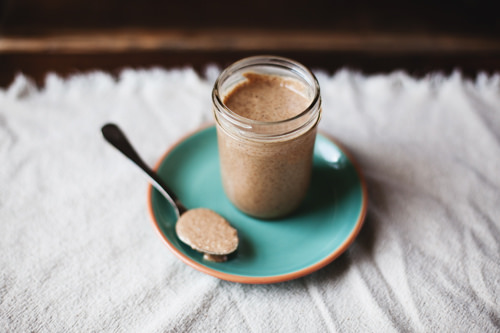

If you don’t eat eggs or dairy, almond butter is a great source of alternative protein. Spread it on multigrain toast, an apple or mix it in a smoothie for energy that will sustain you until lunch.
8. Berries: Blueberries, Rasberries And Strawberries
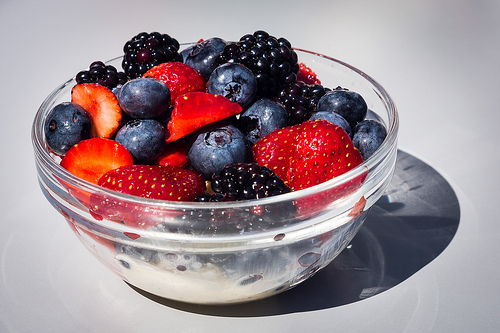

All three berry types are high in antioxidants, fiber and Vitamin C. One study even found that women who consumed strawberries and blueberries 3x a week were less likely to have a heart attack. Depending on the time of year, buy them fresh or frozen. If frozen, simply pull a few out the freezer night before and pop them in the fridge. They’ll be thawed by breakfast time.
Photo by Average Jane



